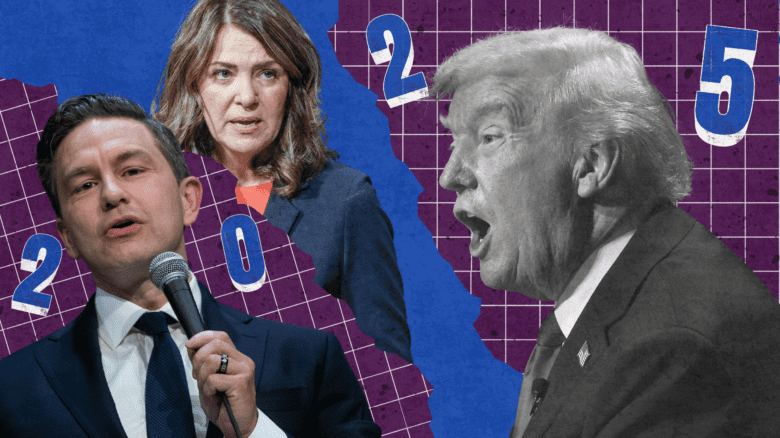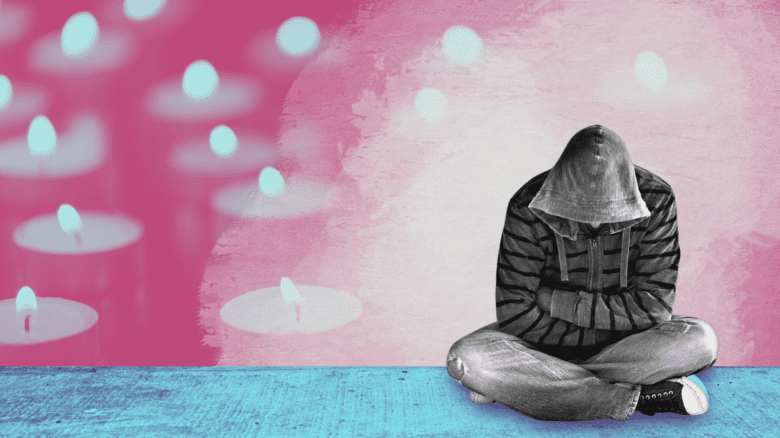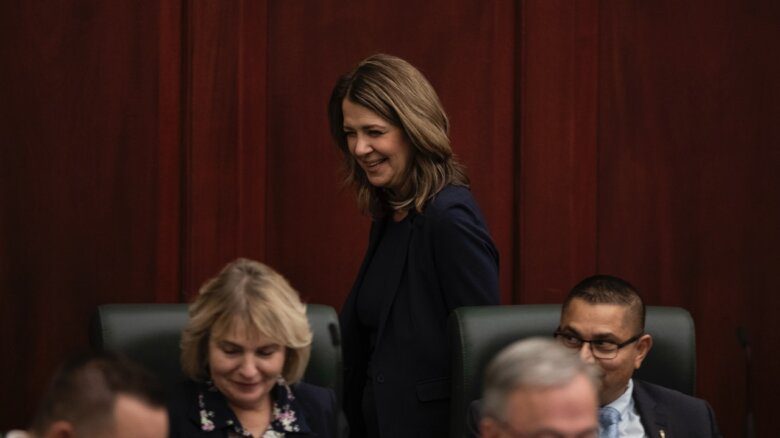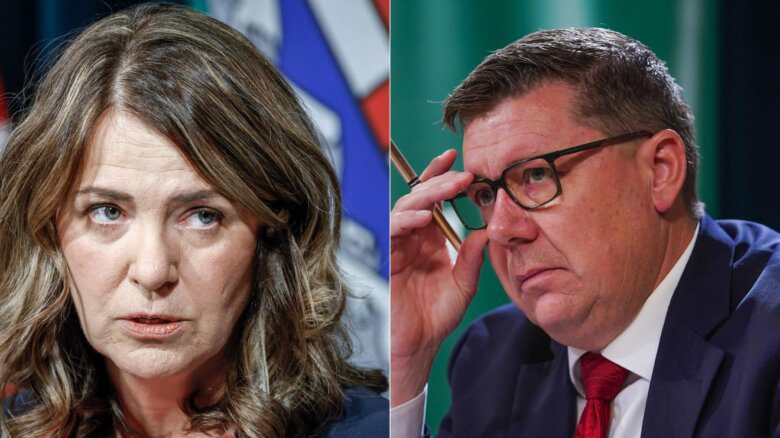A group of LGBTQ2S+ groups is fighting to change the narrative around queer-inclusive education.
In the wake of the recent anti-trans 1 Million March 4 Children, as well as months of Canadian politicians weaponizing transphobic talking points, Momentum, Egale Canada and the Canadian Centre for Gender and Sexual Diversity have launched the #FactsOverFear campaign to combat misinformation around LGBTQ2S+ inclusive education, like SOGI 1 2 3 and other curricula and programs.
“The idea behind the campaign is that social conservative groups have set a narrative around the school inclusion debate. And it’s a trap we didn’t want to keep falling into,” Fae Johnstone, president of Momentum, tells Xtra.
“We created the campaign as a positive response, to help folks understand that we’re choosing a fact-based approach to our school education policies. If we can set aside this fear and disinformation, we can get back to making schools where all students, regardless of race, gender or class, can thrive. And I think we can all get behind that.”
The #FactsOverFear campaign, launched last week, has two main aims: to rally allies who believe in cultivating inclusive school environments, and to change the narrative and fight misconceptions around queer-inclusive education, including SOGI 1 2 3 and other programs. People who join the campaign are encouraged to take a pledge to stand behind evidence-based policies that advocate for LGBTQ2S+ kids.
One of the key misconceptions that #FactsOverFear hopes to combat is that programs for queer students exclude parents from their children’s education. This is “categorically false,” Johnstone says. What inclusive programs and curricula do, instead, is involve the parent while ensuring that students can exert their own autonomy.
“If a kid wants to show up and use a nickname regardless of what their gender is, they should be safe to do so. It really is about creating a class environment that’s safe for everyone,” Johnstone says.
Johnstone says that much of the misinformation around queer-inclusive education stems from conservative politicians weaponizing transphobia to distract from controversy or poor governance. She points out that it was no coincidence, for example, that Ontario premier Doug Ford made transphobic remarks just days after he was being “pummelled” in the media for his role in the Greenbelt controversy.
“It’s a distraction from the abysmal record. Ontario is trying to get out from under a scandal and use this as a distraction,” Johnstone says. “They’re seeing a playbook in America where, if they use Trumpian tactics, they can really feed into this anger and distract from the actual realities in our classroom. This is a campaign of dividing and distracting Canadians so they can gain or maintain political power.”
Johnstone points out that queer-inclusive policies help all students thrive, noting that when schools have GSAs, straight students have better mental health.
“Quite frankly, they’re lying to Canadians. The far-right is lying to parents all across this country because they benefit when you’re distracted and angry, and they can use that anger for political success.””
This kind of disinformation has been harmful for queer kids across Canada. Although Johnstone says it’s difficult to gauge exactly how particular remarks from conservative politicians and the 1 Million March 4 Children have affected them, she says she’s heard from teachers that there’s a “a lot of fear and anxiety.” And according to organizations working in LGBTQ2S+-inclusive education, more and more disinformation is popping up—which is, in turn, making students more fearful and anxious.
“They’re seeing headlines every day where their identity and humanity are under attack, and where they’re being told they’re part of some trend,” Johnstone says.
Johnstone says what the #FactsOverFear campaign needs right now is visibility and amplification. People can take their pledge to stand behind evidence-based school policies and learn more at their website, where they can also sign up for updates, to volunteer or donate.
“I would say to the queer students and advocates that allies have your back. It’s scary right now, but we will make sure that your schools are safe for you to be your most honest and authentic self,” Johnstone says. “To teachers, I would say that now is the time to lean in and stand by your commitment to an inclusive classroom, inclusive schools, inclusive hallways. Because queer and trans students need you now more than ever.”
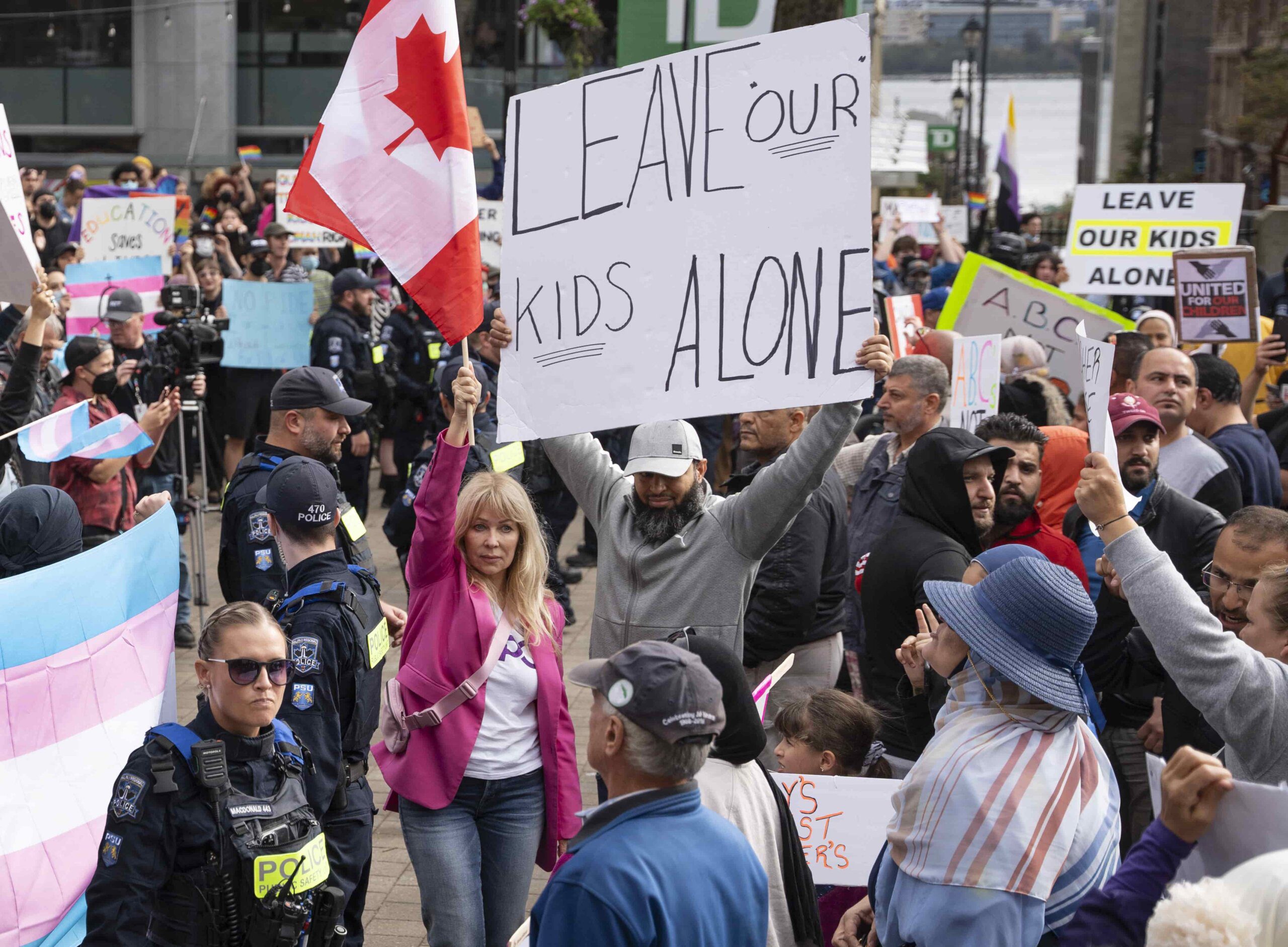

 Why you can trust Xtra
Why you can trust Xtra